FUNDAMENTAL SCIENTIFIC EQUATIONS:- The Building Blocks of Maths & Physics!!!
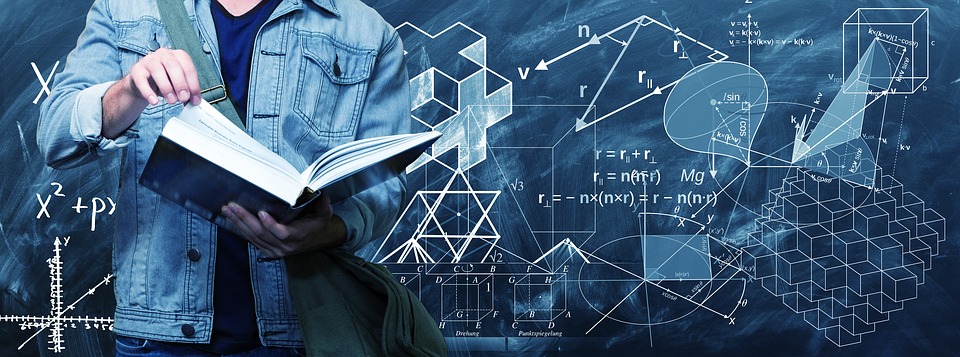
Hi Hivers! I trust we’re all doing good? I’m happy to have you read through my blog yet again!
I have always wanted to write a Mathematics related article and finally, here I am with one to share with you guys! After giving it some thought, I finally asked myself what was better to write other than the building blocks of Mathematics and Science itself i.e. Equations! Though it may seem basic, I’m only giving it a shot to see how it turns out, but I do hope you enjoy reading through and don’t find it too historical..lol. :)
Equations are simply put as two written expressions, joined by an equals sign ("=") and termed as the driving force behind Mathematics, Science and Technology. It is hard to talk about these subjects without mentioning one or two equations! Believe it or not, they help to give us an understanding of how our world exists as we currently know it to be. A world without equations and formulas means the advances we’ve had in technology and science just won’t exist! Hence, it is important we actually appreciate their existence, which is what this article is aimed at.
We take a look at some of these phenomenal equations, (mind you these are only some of the simplest that I feel I can explain in my own words.) There are certainly more important equations out there that are a bit complex for me to explain. Worry not guys, I will be listing these spectacular equations at the end of this article so you can check them out and be mesmerized by their sheer awesomeness
Firstly, we have The PYTHAGORAS Theorem:
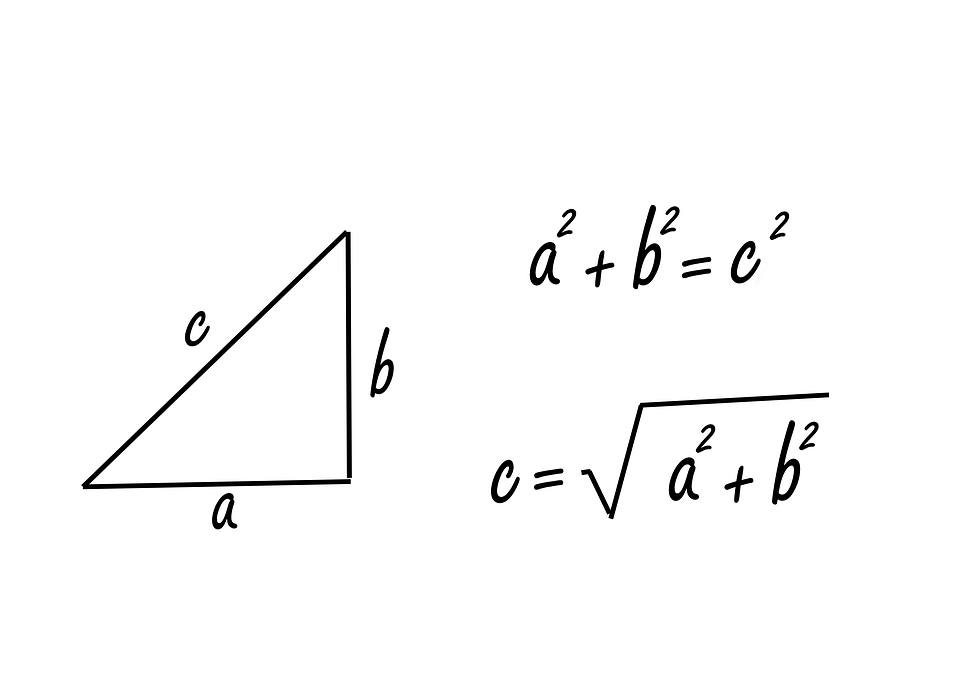
This equation as simple as it may look is said to be very vital to our understanding of Geometry and Algebra. The equation has shaped how we measure distances through coordinates. The funny thing is we have very little knowledge of the equation’s origin! Some people say there is a possibility that the equation was not even invented by Pythagoras! It actually dates way back to the time of the Babylonians. But then, it is actually possible that he was the first person to prove the equation between the periods of 500-30 BC.
The first recorded proof was in the famous textbook by Euclid titled “The Elements” where it is stated as “In right angled triangles, the square on the side subtending the right angle is equal to the sum of the squares on the sides, containing the right angle”

Next is LOGARITHMS: Log (xy) = log (x) + log (y)
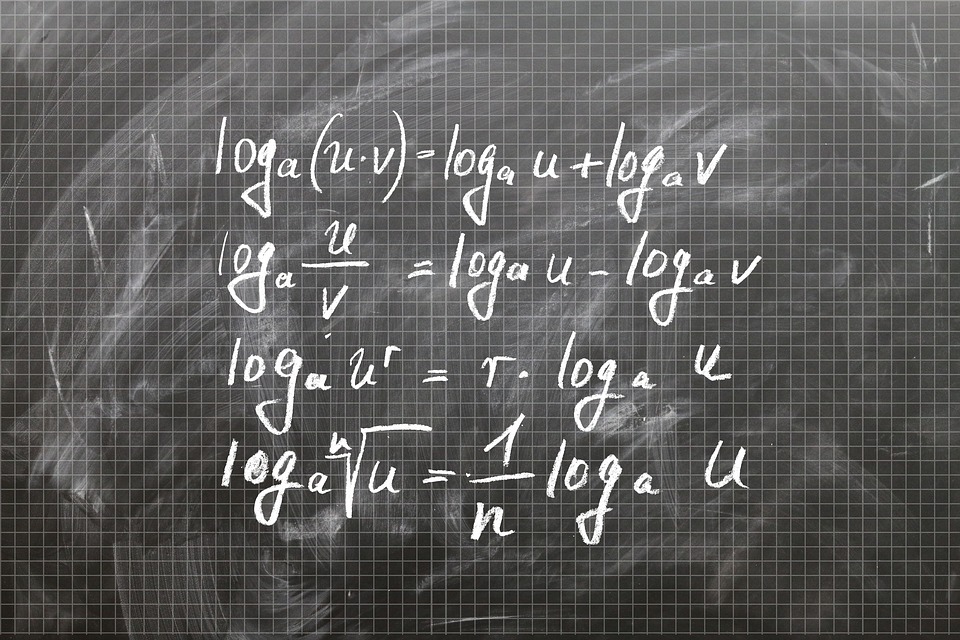
If we take a deep look at everything around us tech-wise, we will see that all the technologies around us actually need this equation to function!
Ever wondered why Logarithms are so important in mathematics and physics?
Well it’s because they help to make multiplication a whole lot easy by changing the product of two numbers into the addition of two numbers!
This equation was well appreciated in early astronomical calculations back in those days and was well used by navigators, surveyors etc. Logarithm was first published in 1614, in a book titled “Description of the Wonderful Canon of Logarithm” written by the inventor of Logarithms; John Napier
However, Henry Briggs is one of the scientists that have fine-tuned Napier’s version of logarithms and are responsible for our current understanding of Logarithms. He made certain corrections to make calculations a whole lot easier such as::
o The base of log should be greater than 1
o The log of 10 is equal to 1
Logarithms have also shown their essentiality in Calculus. I definitely cannot imagine Calculus without this concept.

Next, I will discuss DIFFERENTIATION
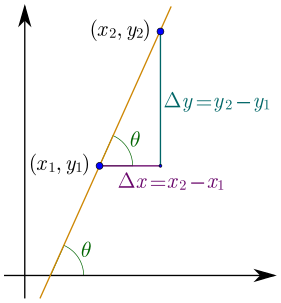
I’ll be honest here guys! This concept and Calculus generally actually deterred me from writing “Further Mathematics” as one of the subjects in my High School Leaving Certificate Exams back in those days!
I always wondered how the change of dependent variables with respect to an independent variable was equal to the ratio of the change in functional value for an increment to that of the increment itself where the increment tends to 0.
This must definitely sound beautiful to mathematicians but I must say, to a layman, I actually doubt that…lol!
One can confidently say that a broad aspect of Mathematics, Physics, Chemistry, even Biology depends on Calculus of which Derivatives seem to play a major role!
So who do you think invented Calculus?
There’s a long debate as to whether it is Newton (in 1671) or Leibniz (in 1675) who independently discovered Calculus. Which should serve as a lesson to we scientist! Soon as you make a discovery, be sure to publish it first! That way, it will always be yours and yours only! ;)
Interestingly, the notations we use in Calculus actually come from two geniuses. i.e. f’(x) and dy/dx; Langrange with the former, and Liebniz with the latter. A third notation known as the Dot Notation of differentiation but not usually used is attributed to Newton. However, Newton used Calculus to study the Laws of Nature and that is probably the reason why he is more popularly known with the subject.
Limits were introduced in 1816 to further aid the cause of Calculus but didn’t get enough attention until 1870 when a German Mathematician extended the formulae to complex functions. Limits revolutionized Calculus and made us realize that there is always an infinitely more numbers between any two numbers. Thus, we now know that ‘h’ never reaches 0 but only assumes a value infinitely close to it. Awesome, right?!
Moving on, we have Newton’s LAW OF UNIVERSAL GRAVITATION:
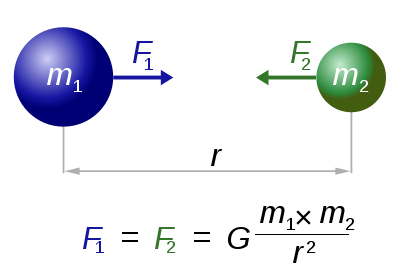
When we talk about physics without mentioning Newton and his apple story, it kinda never sounds complete, right? Lol Anyways, I’m sure we all know that the story is false by now!
The 5th of July 1687 when he released his book; Philosophiae Naturalis Principia Mathematica will forever be forgotten.
The gravitational equation he proposed explained many astronomical features that had puzzled the scientific world and also made it easy for us to predict the movement of the planetary bodies found in our Solar system very accurately.
Although, Einstein’s Theory of General Relativity significantly beats Newton’s concept of gravity as far as fundamental physics is applied. Newton’s approach still cannot be overlooked since agencies such as NASA and ESA still use his gravitational equation to calculate the most effective trajectory of space craft.
A recent application of the gravitational equation further aided the cause of understanding the “Chaos theory” and the “restricted three-body problem” which lead to and from the orbits around the Lagrange points found in what we call Gravitational Network Tubes (a.k.a Interplanetary Transport Network) which suggest that Planetary bodies are strung together by tubes that are connected and defined mathematically and at some points, the gravity between the various bodies balances with the centrifugal force of an object there. These tubes are not made of matter, and understanding them has helped astronomers to plot the best trajectory for interstellar missions.

The green ribbon above shows a possible path from among the infinite number possible, while the Constricted areas represent locations of Lagrange points.
Lastly, I'll discuss The WAVE EQUATION:

When proven actually helped scientists to understand how a wave propagates. It is well applied in studying earthquakes and Tsunamis. It is also well established in Acoustics; an interdisciplinary field of science that deals with the study of all mechanical waves in gases, liquids and solids. It is a basis for understanding vibrations, sound, ultrasound and infrasound.
Have you ever wondered why the strings of a guitar or violin make sounds?
It basically has to do with harmonics. When you apply the same tension to a string at different lengths, it produces different sounds respective to these lengths. The quest to understand this concept is what led to the discovery of the Wave equation which can now be used to predict the height of a Tsunami wave!
D’ Alembert proved the one-dimensional wave equation in 1746 by applying Bernoulli’s approach to Newton’s second Law of Motion. The one-dimensional and three-dimensional wave equations (gotten by Euler 10 years later) are extensively used in the technology world. Such is their application in drilling out “Black Gold” (Crude Oil). The principle of returning echoes of seismic waves after a blast on the earth’s surface, help geophysicists map out the underlying geology and identify where oil is located.
So dear hivers, these are the few equations I will discuss in this article guys! To keep my promise, below are the outstandingly amazing equations essential to science you ought to check out. I found them a bit hard to explain and summarize in my own terms since I am apparently not a Mathematician or Physicists lol! I am simply a Pharmaceutical and Medicinal Chemist!
--Fourier Transformation
--Euler’s Formula for Polyhedra
--Maxwell’s and Black-Scholes Equations
--Einstein’s Relativity and Schrodinger’s Quantum Mechanics
Though basic, I hope I was able to call your attention to these equations and help shed some light on what these equations actually mean to science. Appreciating the importance and relevance of equations is what truly makes us scientists I must say. The equations above most definitely revolutionized our way of thinking scientifically.
I look forward to your comments and corrections, suggestions and views guys!
Thanks for reading through! Cheers y’all
You can FOLLOW ME for more awesome articles guys!
REFERENCES
Pythagorean theorem
Euclid's Elements
History of logarithms
Differentiation
Gravitational Space Corridors Could Slash Space Travel Costs
Newton's law of universal gravitation
Wave equation
AS COMPOSED BY QUE

Congratulations @mengene! You have completed the following achievement on the Hive blockchain and have been rewarded with new badge(s) :
You can view your badges on your board And compare to others on the Ranking
If you no longer want to receive notifications, reply to this comment with the word
STOPDo not miss the last post from @hivebuzz:
Support the HiveBuzz project. Vote for our proposal!
Thanks @hivebuzz. i appreciate the support
You're welcome @mengene
BTW, it would be very appreciated if you could support our proposal so we can keep up the good work!
I just supported the proposal. Thanks for the good job you do on the blockchain!
Thank you for your unfailing support @mengene, really appreciated!
Good attempt and you really introduced an interesting way to present mathematics. This is something that @mathowl will definitely be interested in. That's the only mathematics guru that I know on the hive blockchain.
Wow. To be honest boss, I had doubts about this article gaining attention. But with your comment, I feel so much more at ease. Thanks @gentleshaid for your constant support! Means a whole lot to me!
I hope @mathowl goes through the article also, so i can learn from a guru himself! lol!
!discovery 20
This post was shared and voted inside the discord by the curators team of discovery-it
Join our community! hive-193212
Discovery-it is also a Witness, vote for us here
Thanks for your contribution to the STEMsocial community. Feel free to join us on discord to get to know the rest of us!
Please consider supporting our funding proposal, approving our witness (@stem.witness) or delegating to the @stemsocial account (for some ROI).
Thanks for including @stemsocial as a beneficiary, which gives you stronger support. Using the STEMsocial app could yield even more supporti next time.